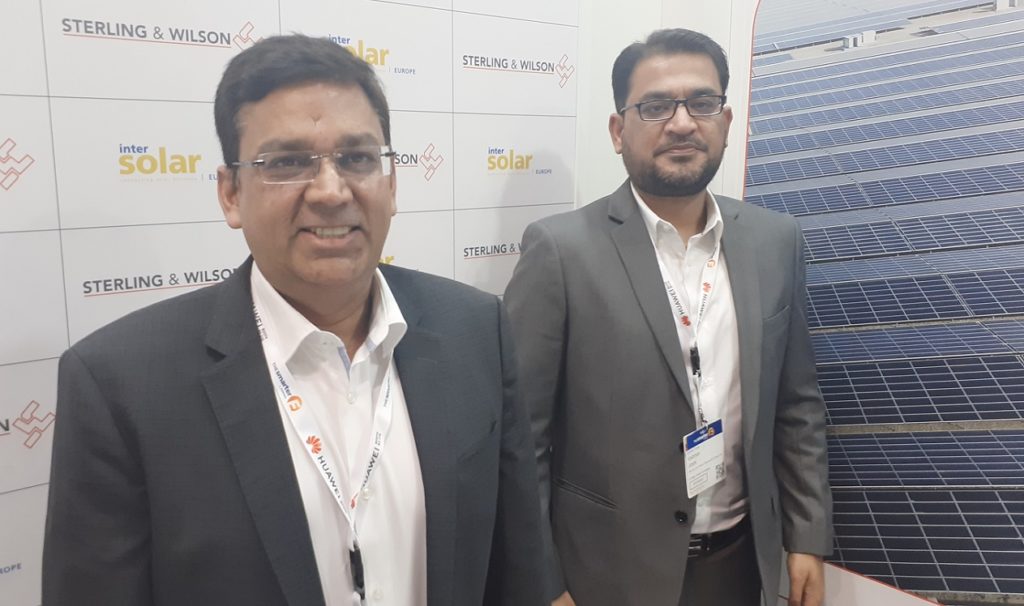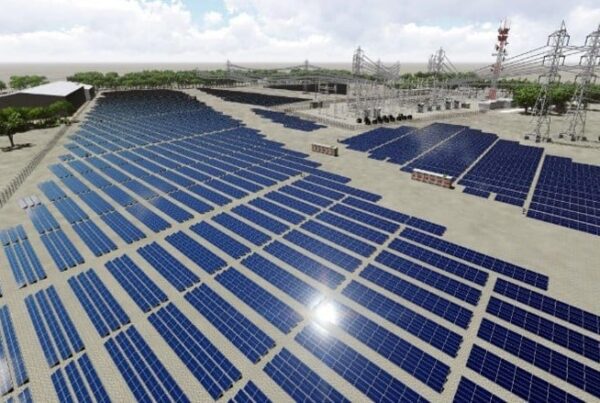
Solar EPC Sterling and Wilson believes an easing of PV module supply concerns, the rise of alternate supply chains and a gigawatt-scale green hydrogen market will drive both short- and medium-term growth for PV developers and EPCs.
A provider of EPC services mainly for utility-scale solar projects, India-headquartered Sterling and Wilson sees current module supply constraints as a “temporary disruption”, as more capacity additions come onstream globally, according to the company’s global CEO, Amit Jain.
“A lot of developers are shying away” from closing contracts, Jain said, because of uncertainty surrounding module pricing and supply chain issues.
“Module supply chain disruption is still continuing. The next two quarters may still be challenging”, but the market will be “much more robust” by the end of the year, Jain told PV Tech Premium.
Efforts to support solar manufacturing in India have seen the government increase funding for a production-linked incentive scheme, while a 40% basic customs duty (BCD) on solar modules and 25% duty on cells was introduced last month.
The BCD “is a step in the right direction” to help India’s solar industry “adopt a path of faster growth”, said Jain, adding: “Once the modules are being manufactured in India and they can be supplied for Indian projects then the issue of BCD will go away.”
Following conversations with Sterling and Wilson’s customers in North America and Europe, Jain said that “everybody is looking forward to alternate supply chains”, with India’s PV manufacturing ramp-up not only set to support its domestic solar market, it “is going to help us address solar supply chain issues in many other parts of the world”.
With a presence spanning at least 25 countries and a pipeline of more than 4GWp of solar under development, Sterling and Wilson is set to benefit from its partnership with Indian conglomerate Reliance Industries, which acquired a 40% stake in the EPC last year.
Reliance, which also recently acquired module manufacturer REC Group, has earmarked US$10.1 billion for a clean energy strategy that includes plans to enable more than 100GW of solar by 2030.
Jain said Sterling and Wilson hopes to be the frontrunner for carrying out solar EPC work to support Reliance’s PV buildout.
The EPC is also projecting to profit from the growth of green hydrogen, with solar farms associated with the technology being “in gigawatts, not megawatts”, Jain said.
“Hundreds of gigawatts of capacity associated with green hydrogen will come up, which we see as a big positive for our business.”
In terms of markets where Sterling and Wilson expects to expand its operations, the company has the potential of growing more than 200% in India in the next three years, Jain said, while management is also bullish on Europe and the US, despite an ongoing tariff investigation in the latter which has drastically slowed solar project construction.
“It has created so much uncertainty that practically everything has come to a standstill,” Jain said of the investigation.
Despite the uncertainty surrounding the outcome of the tariff probe, Jain remains optimistic about the company’s growth in the US: “Things are just getting pushed out… so there’ll be so much pent up demand for EPCs. I think next year belongs to EPCs.”






